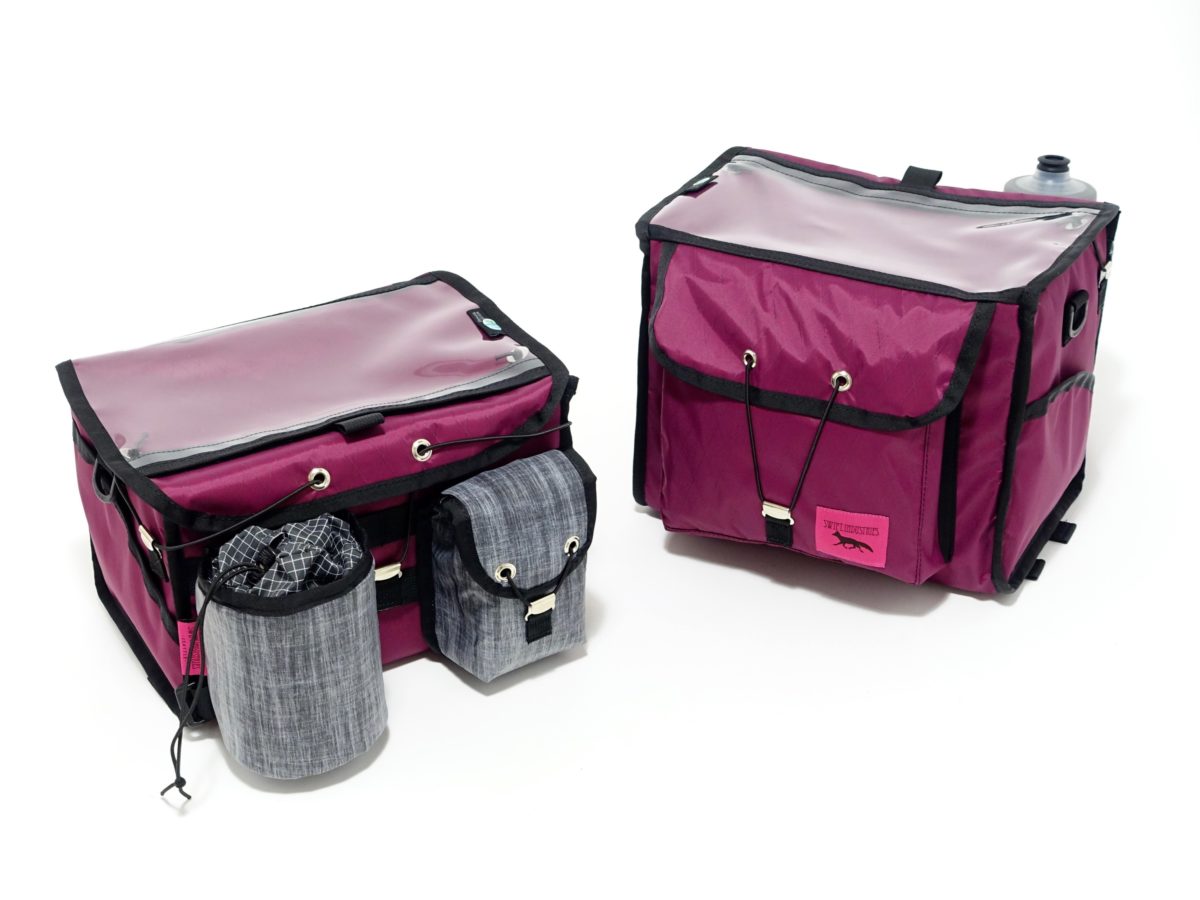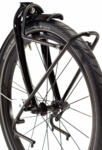Yeah, I realized the title of the thread was “Best bike...” It was only when I was seeing suggestions of what could or could not be done on other non-best bikes that I jumped in to offer my thoughts. Mostly I wanted to emphasize that a bike that is not best in class can still be very capable for long rides. It may not be the most comfortable or most durable or the best, just a friendly reminder that not everyone has a high budget.
To be clear, I’ve only had the Rover for just two weeks. But in that two weeks I’ve ridden 20 to 32+ miles a day, almost every day, about 360 miles thus far. Previous to that I was riding a
Lectric, for 20+ miles a day in December and January. Not that it makes me an expert on either bike! Just that in terms of shake down rides I’m certainly giving the Rover at least a basic workout. In the weeks to come I will indeed stretch my legs a bit to some 50 mile rides. All that said, I’ve got animals and probably won’t actually do much multi-day riding away from home. For me it was just a point to make about less expensive bikes.
I totally get bike geometry. 20 years ago I worked at a bike shop in Memphis for a couple years at the peak of my immersion in bike culture. I helped measure folks for bikes, and rode a nice Serotta road bike and a Fat Chance Yo Eddy mountain bike. Riding is all I did when I wasn’t working at the shop. Not a builder or expert, but not new to the subject. And you’re right, sized frames are a better option and for some it might be a necessity. One size fits all won’t work for everyone, you’re right about that. And yes, longer rides on a bike will tend to bring forth problems that are mild at 10 or 20 miles but which become much worse at higher ranges.
On that drivetrain, I guess what I was commenting on wasn’t the cost so much as the value of that cost. Same for the whole proposition of a $7,000 to 9,000 bike. I, only spoke up on the thread when it veered a bit from what the best bikes could do to what cheaper bikes could not do. It just seems worth keeping the context of these things in mind when discussed.
You make some great points about efficiency and discomfort and enjoyment. I look forward to many 50 and 60 mile rides in the coming months! I suppose I’ll find out how the Rover feels when pushed from a 2 or 4 hour ride of 30 to 40 miles up to longer duration rides! But I will say that my current normal of 30 miles feels fantastic.






